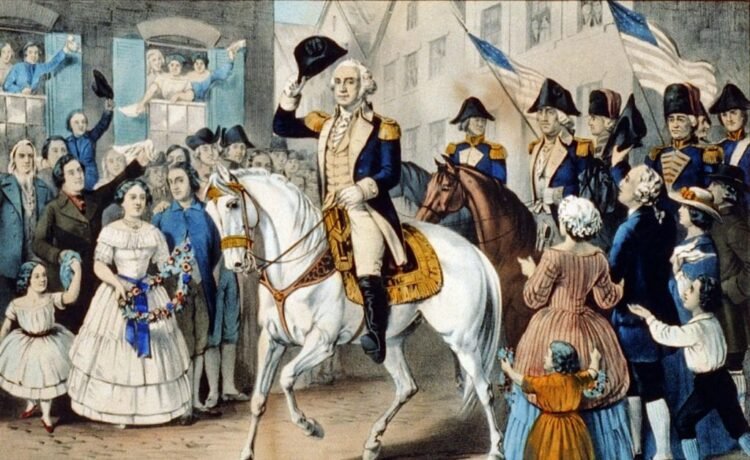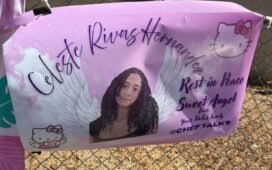
 On Saturday, November 22, 2025, the Lower Manhattan Historical Association will commemorate Evacuation Day, November 25, 1783, the day that – per negotiated arrangements between the American and British forces – the British Army debarked from New York City and the Continental Army entered.
On Saturday, November 22, 2025, the Lower Manhattan Historical Association will commemorate Evacuation Day, November 25, 1783, the day that – per negotiated arrangements between the American and British forces – the British Army debarked from New York City and the Continental Army entered.
This commemoration will be held at Noon at Evacuation Day Plaza, also known as Bowling Green, the site of the “charging bull” sculpture and flag pole, north of the old customs house, now the National Museum of the American Indian.
The event begins at historic Fraunces Tavern (at 54 Pearl Street) at 11 :30 am and will depart at 11 :45 am in a procession to walk over to Evacuation Day Plaza, which is about three blocks away.
At Noon, as part of the commemoration, the British flag will be lowered and will be presented to Troop Commander Conlin of the Gold’s Dragoons, formed as a British colonial militia unit in Connecticut in 1657 and today the second oldest chartered military unit in the Americas.
John Conlin, Troop Commander, is a veteran of six years’ service in the Gurkha Rifles light infantry company of the British Army.
Also participating will be the Veterans Corps of Artillery in the State of New York, which is the oldest military unit in New York State, having been formed in Manhattan on Evacuation Day November 25, 1790 by veterans of the Continental Army corps of artillery. The Veteran Corps of Artillery then raises the historic 13 star American flag.
At that point, there will be brief remarks by Ambrose Richardson, President, and James Kaplan, co-founder and Chairman, of the Lower Manhattan Historical Association and other dignitaries present.
Fraunces Tavern is the oldest surviving building in Manhattan (originally constructed in 1719) and is owned by Sons of the Revolution in the State of New York.
Among the exhibits at Fraunces Tavern Museum is a new permanent exhibit, “The Birch Trials at Fraunces Tavern,” which highlights the work of a joint British and American Commission that met weekly at Fraunces Tavern.
The proceedings of the Commission are known as “the Birch Trials,” named after British Brigadier General Samuel Birch who oversaw the proceedings. The Birch Trials were part of a process that led to the emancipation of thousands of Black Loyalists at the end of the Revolutionary War in 1783, enabling them to leave New York.
Illustration: George Washington’s entry into the city of New York in 1783 (Currier and Ives, 1857).








Recent Comments